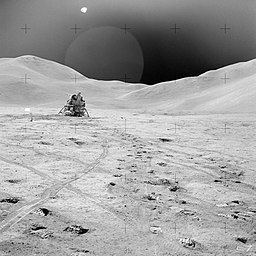|
Target: 10 Questions in 10 minutes |
|||||||||||||||||
1. Gravitational fields have 'equipotential surfaces'. These are always..
|
|||||||||||||||||
| 2+3. Two identical binary stars of mass M are in orbit around each other, seperated by a distance r (from the centres of mass). | |||||||||||||||||
2. Which of these diagrams best shows the shape of the equipotential surfaces around the two stars?
|
|||||||||||||||||
3. Which of these formulas gives the energy E required to move both stars to 'infinite separation'?
|
|||||||||||||||||
4&5. Two small objects of mass m and 2m are located at distances r and 2r from a much larger planet of mass M as shown.
|
|||||||||||||||||
4. The ratio $gravitational~potential~at~m \over gravitational~potential~at~2m $ due to the planet is:
|
|||||||||||||||||
5. The graph below shows how the gravitational potential (V) varies with distance (r) from the planet.
What is shown by the gradient of the line at any point? | |||||||||||||||||
| |||||||||||||||||
6. A space ship is accelerated along the Moon's surface and then projected into space. It requires an escape velocity of v. To reach deep space from a different moon with no atmosphere, the same mass but four times the radius will require a velocity of: |
 |
||||||||||||||||
|
|||||||||||||||||
7. A body of mass m is in orbit at a distance r around a planet of mass M. | |||||||||||||||||
| 8&9: The gravitational potential at the surface of the Moon is -2.8 MJ kg-1. |  |
||||||||||||||||
8. This means that if a 10 kg rock is lifted from the Moon's surface into space:
| |||||||||||||||||
9. To calculate the gravitational energy increase for this rock over a small height increase Δr, the formula required is: | |||||||||||||||||
10. A satellite in orbit around the Earth experiences a small viscous drag force due to the upper atmosphere. What is the immediate effect of this on the radius of orbit and resulting speed of the satellite?
| |||||||||||||||||